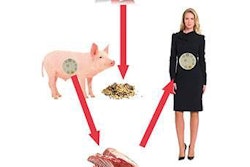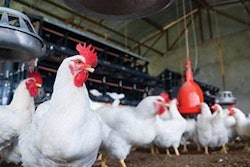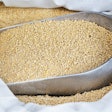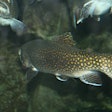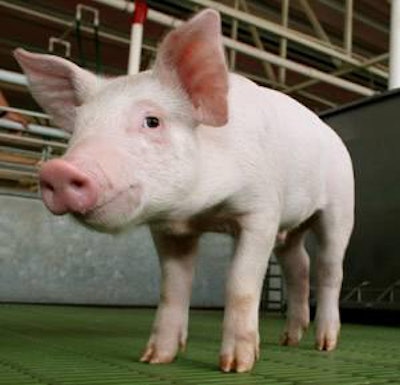
Today’s animal production industry is facing new challenges. Increased protein demand, increased prices of traditional feed ingredients, reduced natural resources and increased variations in animal responses all pose issues for producers. With all of these challenges, and more, the key to finding a solution is to use a more integrative approach.
To do so, producers must not only focus on one area of potential treatment, but must instead consider several aspects of animal nutrition. Trace mineral nutrition is often overlooked, which provides a great opportunity for improvement.
Mineral bioavailability
The trace mineral supply within an animal diet has traditionally been achieved through the use of inorganic trace minerals. These are the sulphate or oxide salts of the mineral and, commercially, are often included in the diet at levels in excess of those recommended by nutritional bodies (e.g. the National Research Council). This reflects uncertainty in the bioavailability of mineral elements from inorganic sources and the desire to ensure an adequate supply to the tissues of the animal.
The categorization of minerals as organic or inorganic is not effective. Organic trace minerals can be further differentiated by true chelates and non-chelates. Many non-chelated structures do not have a defined structure, which means the bonding ligand may not be consistent. Therefore, it is not possible to determine and guarantee the strength of the bond, the number of bonds, as well as the size and number of ligands present in the non-chelated organic trace mineral. Especially for non-chelates, the consistency of composition and amount of mineral truly bound to the ligand is questionable.
Benefits of supplementation
By including adequate sources of trace minerals within practical levels of supplementation, critically important production parameters can be directly enhanced. Such parameters can include: feed conversion, weight gain, reduced mortality, piglet birth weight, meat quality, carcass quality, chick quality, immune response, footpad scores, laying rate and many others.
In opposition, the use of ineffective sources of trace minerals can limit animal performance. Neglecting the source of trace minerals may influence mineral uptake and reduce achievable performance of the animal.
Maximizing performance is possible through reducing the impact of factors minimizing mineral uptake. Inclusion of metal methionine hydroxy analogue chelates (MMHAC) in the diet can result in greater bioavailability, which improves producers’ bottom lines by decreasing mortality, improving feed efficiency and improving vaccine response when compared to other mineral sources.
The unique 2:1 chelation structure of MMHAC leads to the optimization of key production parameters above maximum potential levels obtained by other mineral sources, which directly increases customer profitability.
Optimizing trace mineral nutrition
The key role of trace minerals in metabolic and biological processes is apparent when diets deficient in these micronutrients are fed to high performance animals.
The use of highly bioavailable mineral sources, like MMHAC, allows nutritionists to decrease inclusion rates while meeting the nutritional requirements and maximizing performance of the animal. Feeding MMHAC in this way also provides a direct benefit to the environment through reduced mineral content excreted into the environment.
Optimizing trace mineral nutrition with MMHAC can be key factor in maximizing animal performance, resulting in an improved bottom line for producers.
Examining the biological function of trace minerals
https://www.wattagnet.com/home/article/15513850/examining-the-biological-function-of-trace-minerals



